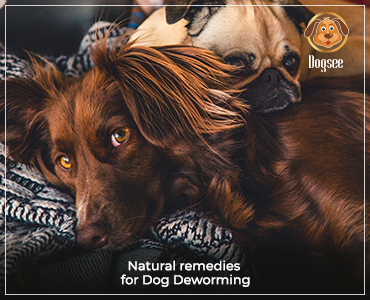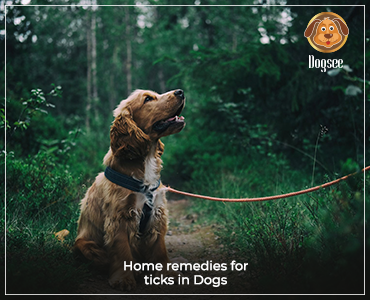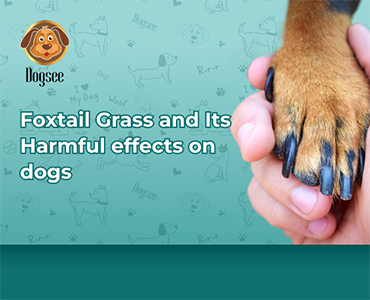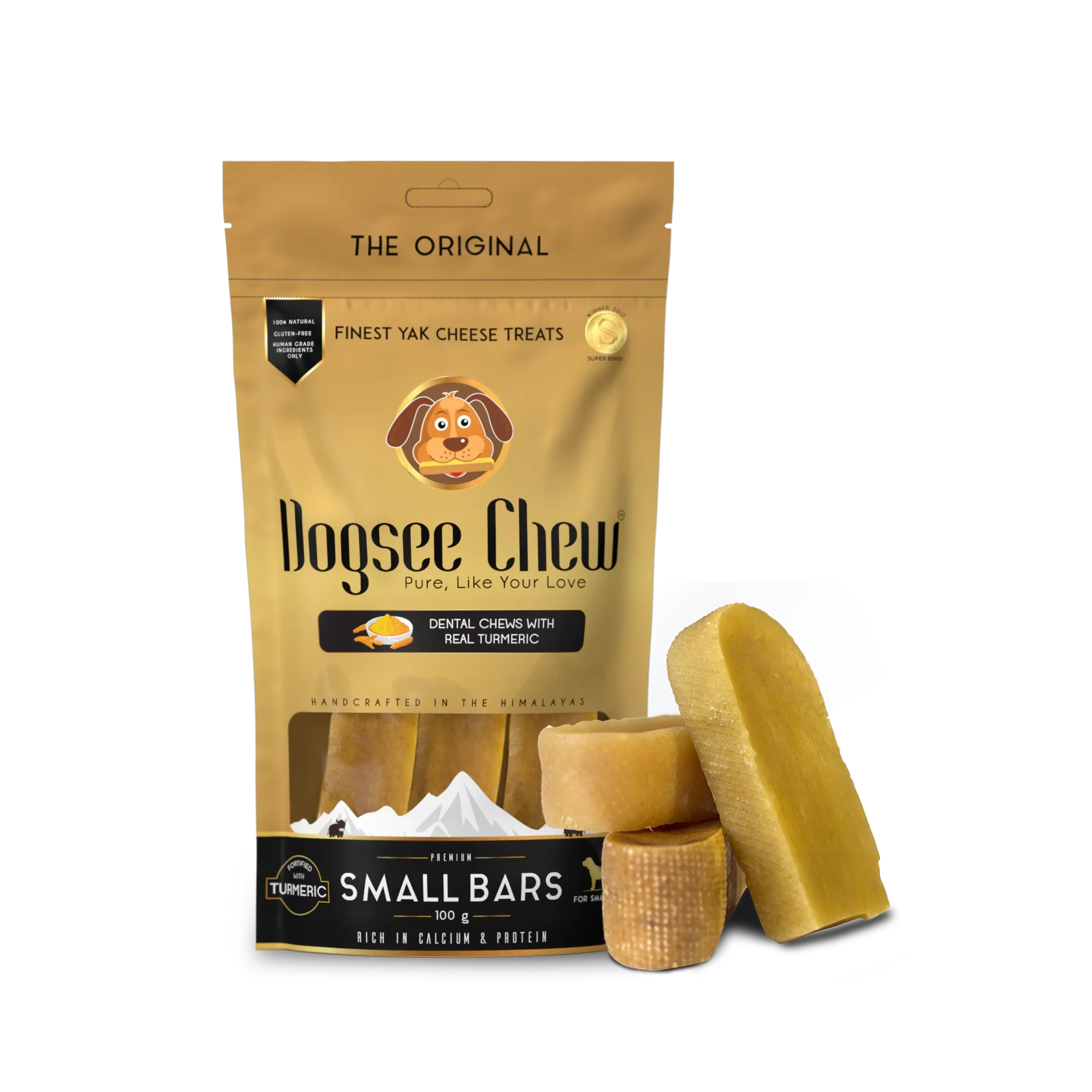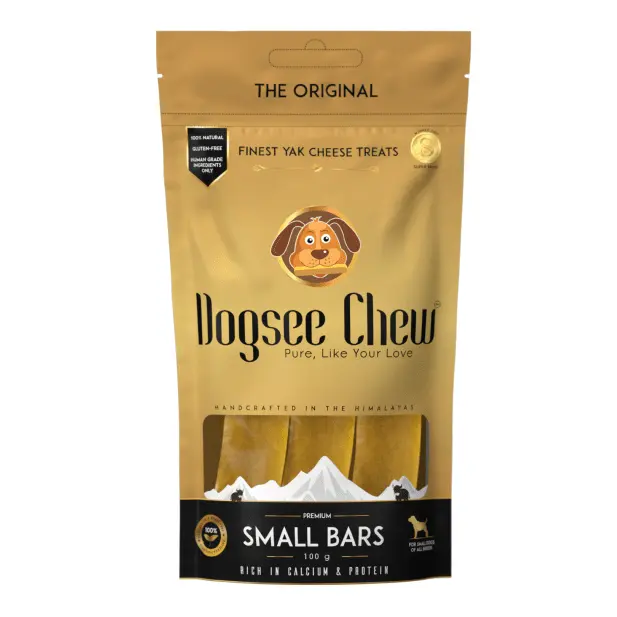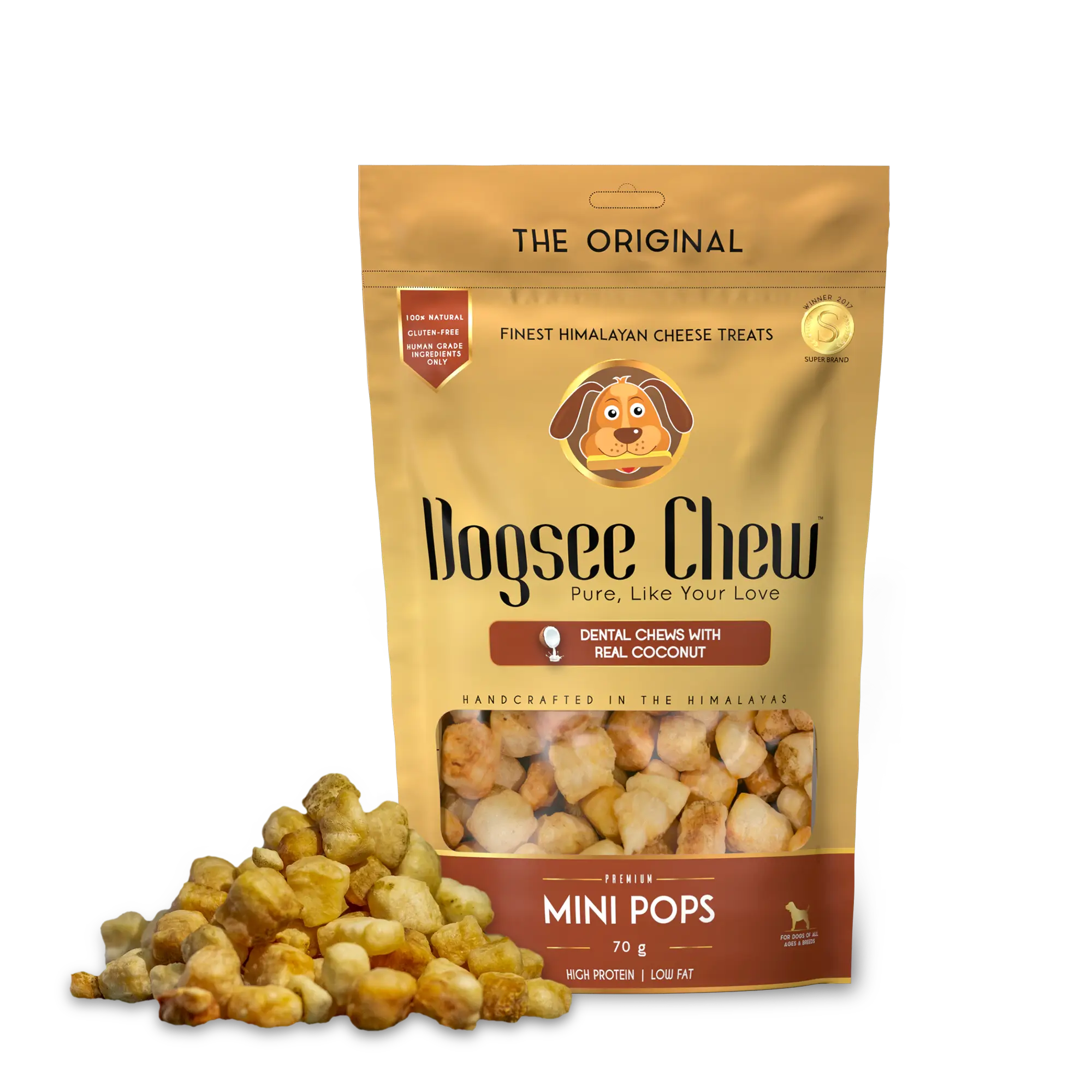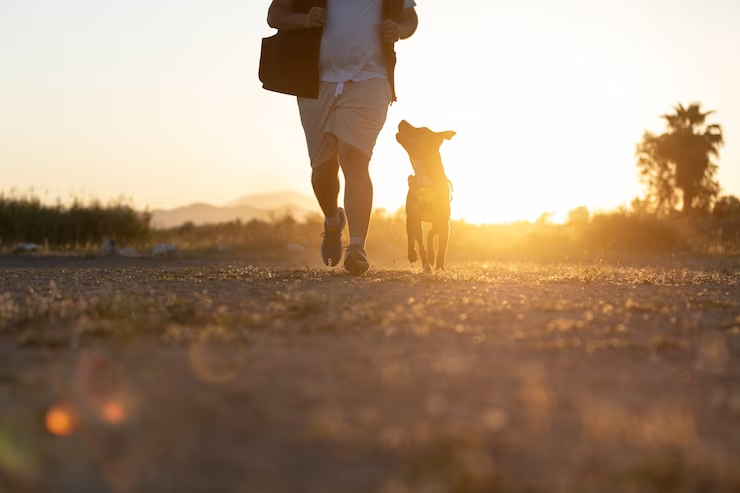
Dog training is essential to stimulate your dog’s brain and keep them engaged. It is also a great way to bond and more often than not, training your dog to follow commands can save their life. There’s also the added but much less essential benefit of showing off dog tricks in front of your friends!
Before you Begin
Here are some quick dog training tips you should know before you started:
Age: Training should preferably begin when your dog is still a puppy. Old habits die hard, can’t teach an old dog new tricks - just a couple of common sayings that essentially mean it’s harder to train older dogs.
Length of sessions: Each training session should not be more than 15-20 minutes because dogs have a very short attention span.
Frequency: One session a day is ideal. If you skip days, your dog may forget what they learnt the previous day. Consistency is the key!
Positive reinforcement: Make sure you either give him dog training treats, or praise them as a form of positive reinforcement each time your dog follows the right command. Dog training works best when your dog is motivated!
Treats: The best treats to train your puppy are small bite-sized ones because you might need to give at least 15-20 treats in one training session and larger treats can lead to weight gain. Further, smaller treats finish faster so your dog spends more time learning than eating.
Environment: A quiet and relaxed environment is essential during puppy training so that they do not get distracted.
Patience: It’s easy to get frustrated when you don’t see desirable results. Don’t lose your cool, stay patient because dog training is a slow process!
For more in-depth insights, refer to: Everything You Should Know About Dog Training & Training Treats
Dog Training Techniques
Now that you have a few tips to get started, let’s discuss how to train a dog.
The most important thing to remember is that you want to make training fun for you and your puppy. They will be more open to learning and even enjoy the training sessions! Never use negative reinforcement such as scolding or hitting. There is a growing trend of using electronic training methods involving an electrical collar which can be operated by a remote. It gives a shock to the dog when they are doing something undesirable. This isn’t a good dog training method as it leads to anxiety and stress and further teaches them what not to do, rather than what to do. Some dog training techniques involve a mix of positive and negative reinforcement, however it is advisable to use only positive reinforcement. We are going to look at 2 methods that use positive reinforcement:
1 Clicker Training:
A clicker is a small button tool that makes a clicking sound every time you press it. You want your dog to associate the sound of the clicker as positive reinforcement.
Step 1: To get started, press the clicker and immediately give your dog a treat (without any commands or gestures). Repeat this several times until your dog understands that every time they hear the click, they will get a treat.
Step 2: Make them do the desired action, press the clicker and then give them a treat. Do not say anything yet, just focus on getting the desired action right first.
Step 3: Now give a name to this command. Every time your dog follows your command, click the clicker immediately and only then give them the treat. Your dog has successfully attributed the command name to the action they need to do in order to get their dog treats.
Step 4: You need your dog to listen to you even when you don’t have treats to give. Start slowly phasing out the clicker and treats and replace them with a “Yes!” or “Good boy/girl!” with a pat on the head. Praise is also a form of reward!
Step 5: Try making your dog follow this command outside of training sessions without any rewards.
Additional tips for puppy training:
Don’t hit or scold your dog if they are not listening. Reward if they do the right thing and don’t reward if they do not.
Use the clicker only when they follow the command word. If they sit without you saying “sit”, don’t click and reward. This will confuse them. You want your dog to understand the command and follow accordingly!
Use their name before or after the command, like “Casper, sit!” Say the command loudly, clearly and with excitement so your puppy feels the need to please you!
2 Model/Rival Training:
Dogs are very observative creatures and we use this method to make them mimic the right behaviour from the dog owner. You, the pet parent, become the model and/or rival for the dog. First make sure your dog responds to the clicker, i.e. they associate the click with a good action. You will need a third person as the “trainer”, while you are the “model”.
Step 1: Have the trainer click and give you a treat when you do the desired action.
Step 2: Now have the trainer look at your dog. Again the trainer clicks and rewards if they do the right action.
Step 3: Name the command and repeat the exercise, the “model” and the dog getting rewarded every time they do the correct action.
Step 4: You can now make it like a competition and the one who follows the command faster gets a reward.
Step 5: Start phasing out the clicker and treat, and start using words of praise till your dog follows the command without any form of reward.
3 Easy tricks to teach your dog
Now that we’ve understood the dog training process, we need to focus on getting the right behaviour for the desired dog trick. Let’s get specific on some basic commands to teach and how to teach them.
Sit: Gently tap/push your dog’s back down until they sit. As soon as he sits, click and reward with dog treats. Thereafter, name the command as “Sit” and reward your dog every time they sit after you say the command.
Shake hand: Take a treat in your hand and let your dog smell it. Now close your fist. They will want that treat and will try to take it with their mouth. Don’t give in! When that doesn’t work, they will put their paw on your hand to try to get you to open your hand. As soon as they put their paw on your hand, press the clicker and give them the treat. Repeat several times. Now try without putting a treat in your hand. Click and reward. Next, open your hand and again click and reward when your dog gives you their hand. You can then name the command and continue the steps mentioned for the clicker method.
Spin: Again, take a treat in your hand to lure your dog. Now move your hand in a clockwise direction near the mouth of your dog in order to lure them to follow the hand. Once they complete one round, press the clicker and give them the treat. After several rounds, transition this with an empty hand and give the treat from the other hand when your dog takes the spin. Now say the command, do the hand gesture and click and reward. After many rounds of repetition, just say the command without the hand gesture and click and reward! Voila, your dog can now spin!
Identifying objects: Use the model/rival dog training method for this one. Keep a teddy bear on the floor and have the trainer click and reward you for grabbing the teddy. Keep doing this until your dog observes this action and starts grabbing the teddy as well. Now say “Where’s Teddy?” and again have the trainer click and reward when you or the dog grab the teddy. Now add a stuffed dolphin and say “Where’s Teddy?”. Grab the teddy for a reward to teach your dog that they need to grab teddy, and not the dolphin. Keep repeated and slowly start phasing out the clicker and reward! Soon, you won’t have to be the rival anymore and your dog will get the teddy without you also competing for it.
There are many more tricks that you can teach your dog, they all follow a similar routine: make your dog understand the desired action by luring with treats, remove the lure (but keep rewarding), name the command and finally remove the reward.
Lastly, since a major chunk of your puppy training sessions involve dog treats, make sure to pick ones that are tasty and healthy at the same time. Here is a guide to picking out the Best Training Treats for your puppy!
 HELPFUL0 people found it helpful
HELPFUL0 people found it helpful
Related Blogs
Subscribe to Our Blogs
and never miss on the latest update!










